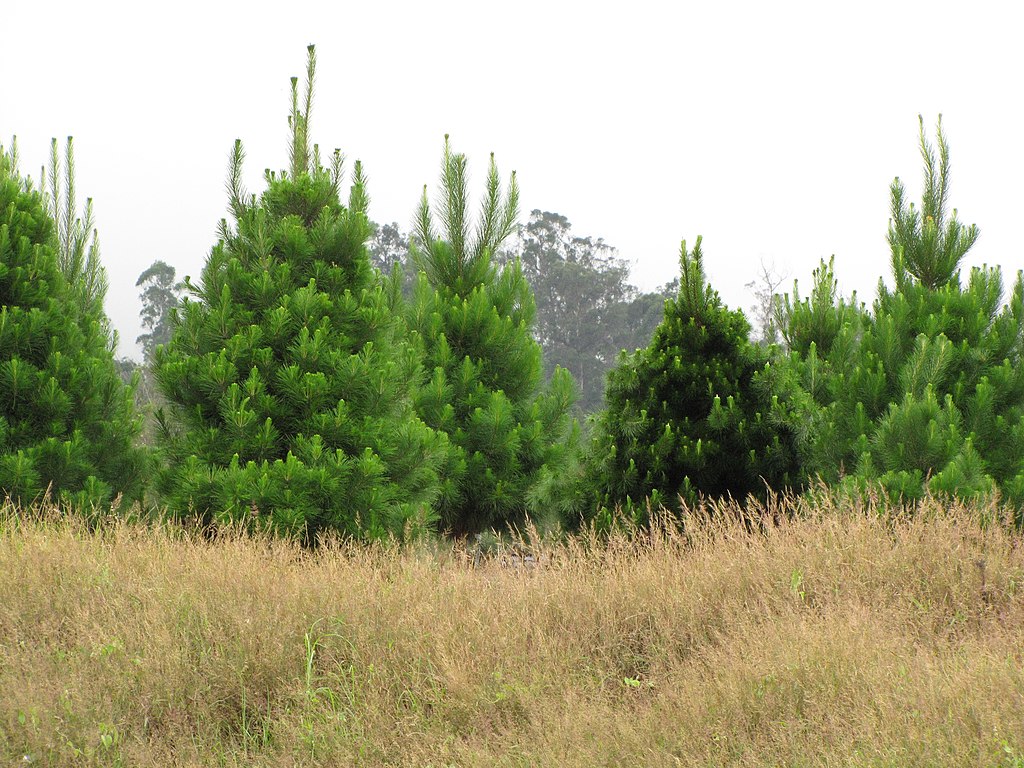Media release
From: Manaaki Whenua - Landcare ResearchRadiata pine (Pinus radiata, or Monterey pine) is native to North America, where it is narrowly distributed along the Californian coast, but is one of the most widely planted tree species in the southern hemisphere. It had naturalised in New Zealand by 1904.
At present, radiata pine is by far the largest contributor to New Zealand’s forestry industry, comprising 90% of the total plantation area. It supplies most domestic wood products, and is the third largest export earner, contributing around 3% of GDP.
In a recent paper published in the journal Biological Invasions, lead author Dr Peter Bellingham of Manaaki Whenua - Landcare Research and colleagues reassessed the prevailing view, stemming from the late 1980s, that radiata pine is only a minor invasive species in New Zealand. Thirty years on, the researchers undertook the first comprehensive review of where invasive radiata pine occurs in New Zealand, and evaluated whether climatic conditions are suitable for radiata pine to invade nationally. The modelling showed that up to 76% of the land area of New Zealand is climatically capable of supporting radiata populations – only the very coldest and wettest areas are unsuitable. Plot and site data from the National Vegetation Survey database showed that radiata pine occurs far more widely across New Zealand than previously appreciated. It has invaded grasslands and shrublands, but also some forests. It has invaded ecosystems mostly below 1000 m altitude, including revegetating landslides, down to sea level, where it was historically planted to stabilise sand dunes. Notably, it has often invaded areas of lower-statured vegetation, and at least three classes of naturally uncommon ecosystems: geothermal; gumlands; and inland cliffs, scarps, and tors. Because of its rapid growth rates and its flammability, it is likely to alter naturally uncommon ecosystems, and it is likely to drastically alter forest regeneration.
The researchers conclude that greater emphasis is needed both on managing current radiata pine invasions and proactively preventing future invasions. Although management of invasive radiata pine is already widespread in New Zealand and other southern hemisphere countries, more proactive planning is needed given ongoing large-scale afforestation efforts and potential future increases in invasion. The researchers suggest that a levy on economic uses of invasive species to offset costs of managing invasions, alongside stricter regulations to protect vulnerable ecosystems, could help to prevent or avert the future negative impacts of those invasions.


